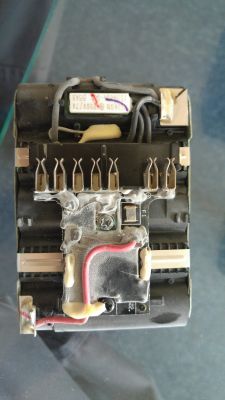Hello everyone :)
I have an 18V screwdriver powered by a Ni-Cd 1200 mAh battery.
I got a battery, also 18 V only 5 Ah and Li-Ion.
My question is, is it possible to convert my old charger to a new battery? I searched the forum and found several posts about the same conversion, but one says that it can be done without a problem, and in another that it is not possible. Besides, these are posts from 2015.
Below he adds some pictures which I hope you will find helpful.
Charger Pictures:
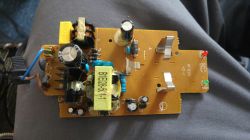
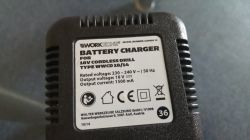
Picture of the current Ni-Cd battery
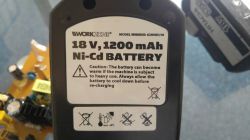
Photos of the new battery
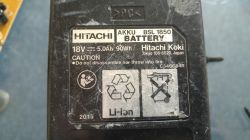
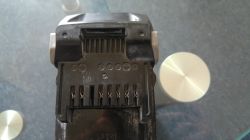
Thanks a lot for any help.
If it is not possible to remake my charger, maybe it is possible to make one, e.g. from a laptop charger, which also has a Li-Ion battery.
I would like to add that I wanted to transfer the cells from this 5Ah battery to my old 1.2 Ah.
Edit:
The reason to change the battery is because my current battery is very poor. After full charge, it keeps about 5 minutes of continuous work and that's it. I think I know why it happened.
I just checked what current goes from the charger straight to the battery and it is NOTE 38V.
It's probably way too much. Does this mean the end of the charger?
I have an 18V screwdriver powered by a Ni-Cd 1200 mAh battery.
I got a battery, also 18 V only 5 Ah and Li-Ion.
My question is, is it possible to convert my old charger to a new battery? I searched the forum and found several posts about the same conversion, but one says that it can be done without a problem, and in another that it is not possible. Besides, these are posts from 2015.
Below he adds some pictures which I hope you will find helpful.
Charger Pictures:


Picture of the current Ni-Cd battery

Photos of the new battery


Thanks a lot for any help.
If it is not possible to remake my charger, maybe it is possible to make one, e.g. from a laptop charger, which also has a Li-Ion battery.
I would like to add that I wanted to transfer the cells from this 5Ah battery to my old 1.2 Ah.
Edit:
The reason to change the battery is because my current battery is very poor. After full charge, it keeps about 5 minutes of continuous work and that's it. I think I know why it happened.
I just checked what current goes from the charger straight to the battery and it is NOTE 38V.
It's probably way too much. Does this mean the end of the charger?



